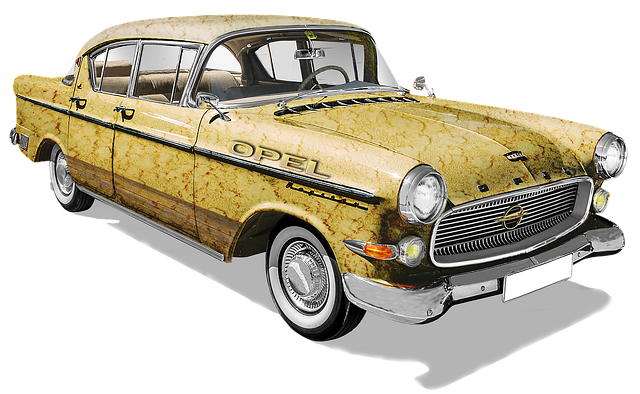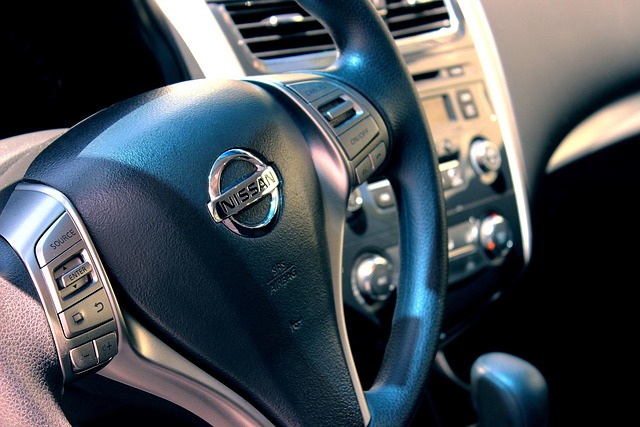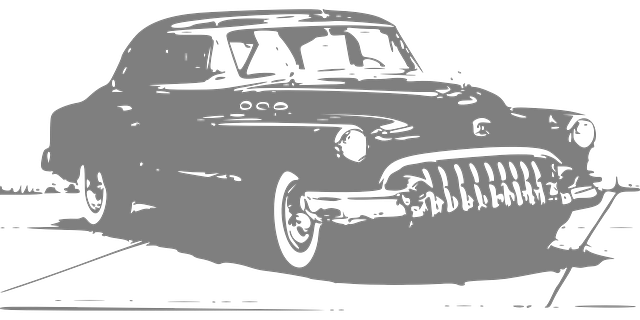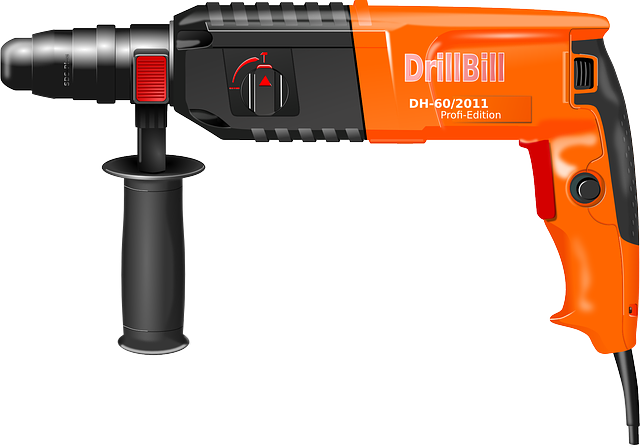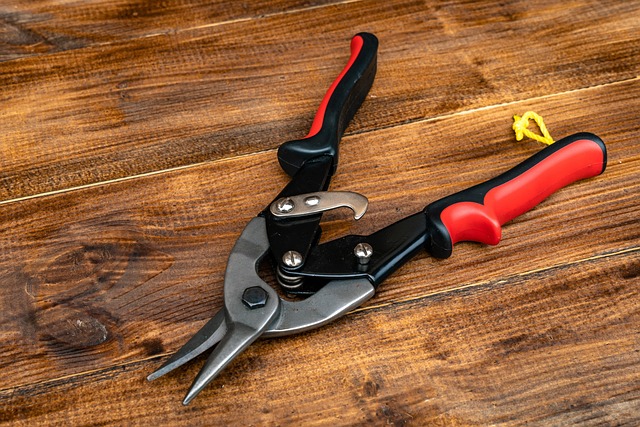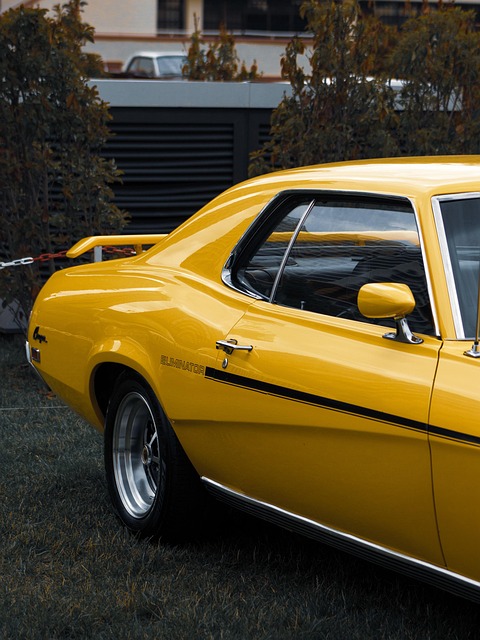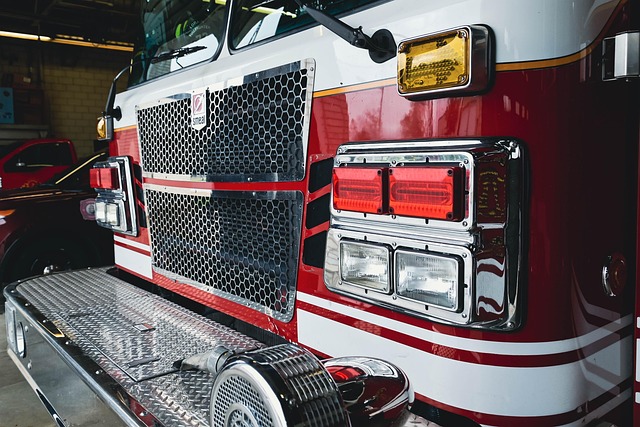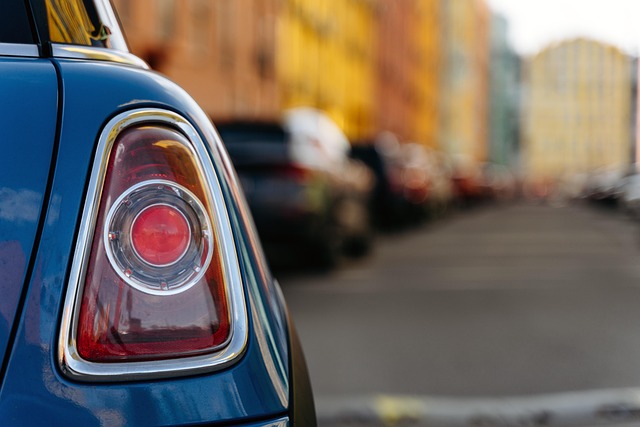Tesla composite repair is a specialized process for fixing or replacing damaged parts on Tesla vehicles using lightweight composite materials like fibers embedded in resins. Unlike traditional metal repairs, it requires advanced techniques and knowledge due to composites' distinct properties. DIY enthusiasts face significant risks, including structural compromise and voided warranties, so professional services from auto body shops specializing in Tesla composite repair are recommended. Professional collision centers have the specialized equipment, skilled technicians, and expertise needed to ensure structural integrity, lasting durability, and adherence to Tesla's quality standards.
Tesla owners often face a dilemma when their beloved cars’ composites are damaged—do they attempt DIY repairs or seek professional help? This article explores the intricacies of Tesla composite repair, shedding light on the risks and rewards of going DIY versus enlisting experts. We’ll guide you through understanding composite materials, evaluating DIY capabilities, and discovering professional solutions that ensure your Tesla’s composite repairs are flawless, maintaining its original aesthetics and structural integrity.
- Understanding Tesla Composite Repair: The Basics
- DIY Risks and Challenges When Repairing Tesla Composites
- Professional Solutions for Superior Tesla Composite Repair
Understanding Tesla Composite Repair: The Basics
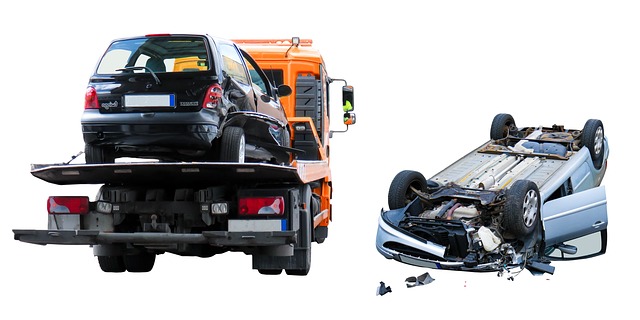
Tesla composite repair is a specialized process that involves fixing or replacing damaged parts on Tesla vehicles using advanced composite materials. Unlike traditional metal repairs, composite repairs require unique techniques and knowledge as these materials don’t weld or behave like conventional car bodies. Composites, often made from lightweight fibers embedded in resins, offer superior strength-to-weight ratios, making them a key feature in Tesla’s vehicle design.
When a Tesla needs composite repair, whether it’s a fender, bumper, or other body panel, understanding the material’s properties is crucial. The process involves meticulous preparation, precise cutting and shaping of replacement parts, and careful application of resins and fibers to match the original specifications. While some Tesla owners might be inclined to attempt DIY repairs using composite materials, it’s recommended to seek services from an auto body shop with expertise in Tesla composite repair. This ensures proper techniques are used, matching both the aesthetic and structural integrity of the vehicle, similar to how a professional auto frame repair or car paint services would handle these tasks for other vehicle types.
DIY Risks and Challenges When Repairing Tesla Composites
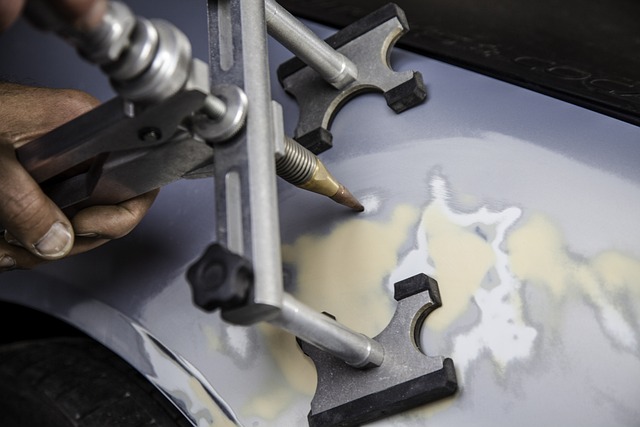
When it comes to Tesla composite repair, DIY enthusiasts often face a myriad of risks and challenges unique to the brand’s advanced automotive design. Composites, while offering lightweight durability, present intricate structures that require specialized tools and knowledge for accurate repairs. A common pitfall is misalignment during frame straightening, which can compromise the structural integrity of the vehicle. The delicate nature of composite materials means even minor mistakes in fender repair or other bodywork services can result in unsightly patches or, worse, reduced crash safety performance.
Additionally, Tesla’s unique panel designs and advanced features like hidden door handles necessitate precise handling to ensure aesthetic consistency. Without professional training in car bodywork, it’s easy to damage these intricate details, leading to costly rework. Moreover, attempting DIY repairs on a high-value vehicle like a Tesla can void warranties, leaving owners responsible for any unforeseen consequences arising from substandard work.
Professional Solutions for Superior Tesla Composite Repair
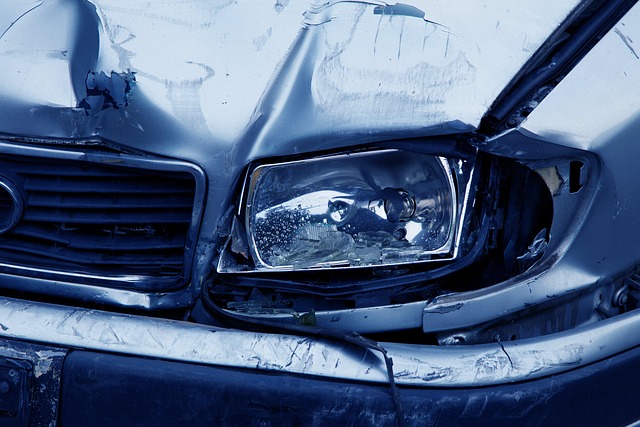
When it comes to Tesla composite repair, professional solutions are paramount for achieving superior results. While some enthusiasts may opt for DIY methods, especially with the growing trend of online tutorials, it’s crucial to understand that composite materials used in Tesla vehicles require specialized knowledge and equipment. Composite repairs differ significantly from traditional metal bodywork, necessitating precision tools, advanced techniques, and a deep understanding of polymer chemistry to ensure long-lasting durability.
Professional automotive collision repair centers specializing in electric vehicle (EV) restoration offer state-of-the-art facilities equipped with the latest technology. These experts have honed their skills in handling intricate composite repairs, ensuring not just visual perfection but also structural integrity. From using high-quality composite materials and advanced bonding agents to meticulous paint matching and finishing, professional repair shops deliver top-tier results that match Tesla’s stringent quality standards. This level of expertise ensures that your vehicle not only looks like new but also maintains its safety and performance for years to come, surpassing the expectations set by the original manufacturer in terms of both aesthetics and auto maintenance.
When it comes to Tesla composite repair, while DIY methods can be tempting, they often present significant risks due to the intricate nature of composite materials. Understanding the basics and recognizing the challenges is crucial. Professional solutions, on the other hand, offer superior results, ensuring your Tesla retains its sleek design and structural integrity. By opting for expert repair, owners can avoid costly mistakes and maintain the vehicle’s value, making it a wise choice for any Tesla owner facing composite repair needs.
